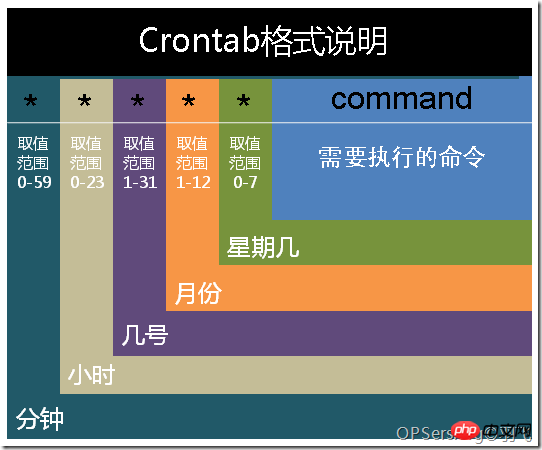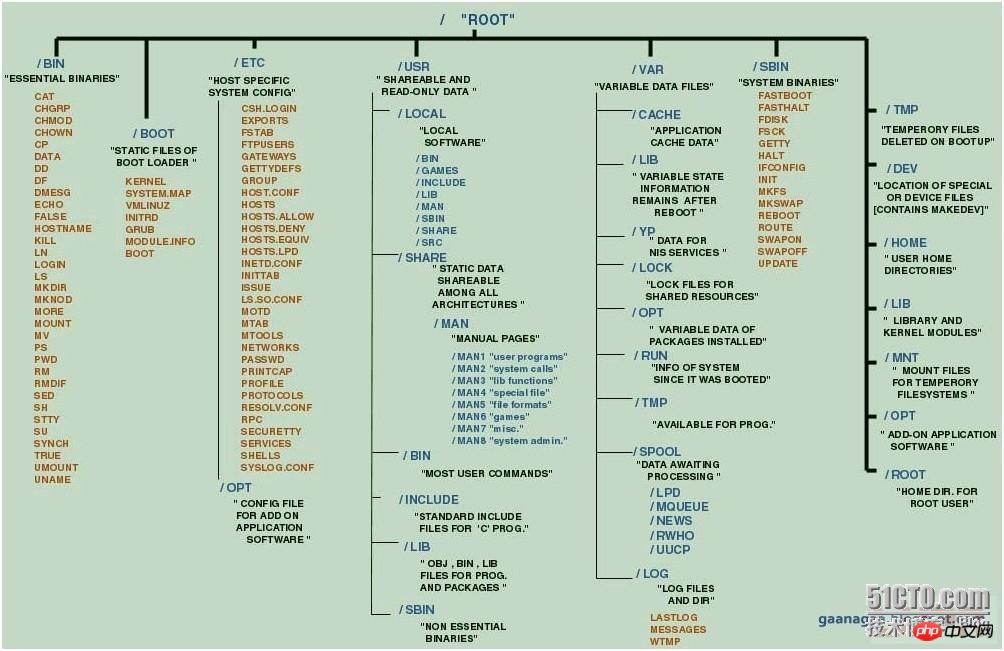linux 线程是一种轻量级进程,共享相同的内存空间和资源,可实现应用程序的多任务并发执行。使用 Linux 线程的步骤包括:创建线程、编写线程函数、等待线程完成并释放资源。

Linux 线程使用指南
什么是 Linux 线程?
Linux 线程是操作系统的轻量级进程,它与其他线程共享相同的内存空间和资源。线程使应用程序可以并发执行多个任务,从而提高性能和响应能力。
Linux 线程的使用
可以使用以下步骤在 Linux 中创建和管理线程:
1. 创建线程
pthread_t tid; int ret = pthread_create(&tid, NULL, thread_function, (void *)arg); if (ret != 0) { perror("pthread_create"); }
- pthread_create 函数用于创建线程。
- tid 是线程 ID,用于识别线程。
- thread_function 是线程要执行的函数。
- arg 是传递给线程函数的参数(可选)。
2. 线程函数
线程函数是线程执行代码的函数。它接收一个参数(如果没有参数,则为 NULL)。
void *thread_function(void *arg) { // 线程代码 return NULL; }
3. 等待线程
主线程可以使用 pthread_join 函数等待线程完成。
int ret = pthread_join(tid, NULL); if (ret != 0) { perror("pthread_join"); }
4. 释放资源
线程完成执行后,应释放与该线程关联的任何资源。
示例代码
以下示例代码创建了两个线程,每个线程都打印一个不同的消息:
#include <pthread.h> #include <stdio.h> void *thread1_function(void *arg) { printf("Hello from thread 1!n"); return NULL; } void *thread2_function(void *arg) { printf("Hello from thread 2!n"); return NULL; } int main() { pthread_t tid1, tid2; // 创建线程 1 int ret = pthread_create(&tid1, NULL, thread1_function, NULL); if (ret != 0) { perror("pthread_create"); return 1; } // 创建线程 2 ret = pthread_create(&tid2, NULL, thread2_function, NULL); if (ret != 0) { perror("pthread_create"); return 1; } // 等待线程完成 pthread_join(tid1, NULL); pthread_join(tid2, NULL); return 0; }
© 版权声明
文章版权归作者所有,未经允许请勿转载。
THE END
















